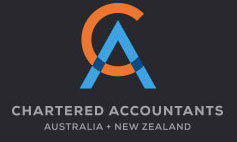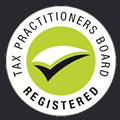5th February 2025
Superannuation rules are always changing, and 2025 is set to bring some updates that could affect your retirement savings. Whether you’re just starting to build your super or already planning for retirement, keeping up with these changes can help you make informed decisions. Here’s what’s on the horizon.
- Possible tax changes for large superannuation balances
The government is looking at increasing taxes on large super balances. The proposal would add an extra 15% tax on the earnings of super balances over $3 million, starting from 1 July 2025. This has been a hot topic, with debates about whether the tax system for super is fair.
The proposal made it through the House of Representatives in 2023 but ran into problems in the Senate in late 2024. To pass, the government needs support from minor parties and independent senators, but many are pushing back against key parts of the plan, such as taxing unrealised gains (profits on investments that haven’t been sold) and not adjusting the $3 million threshold over time.
With a federal election coming up, it’s unclear if this tax change will go ahead. If it doesn’t pass soon, it may be delayed or scrapped altogether. The Senate will revisit the issue in February 2025, so we’ll have to wait and see what happens next.
Continue reading “Seven changes impacting your super in 2025 “




